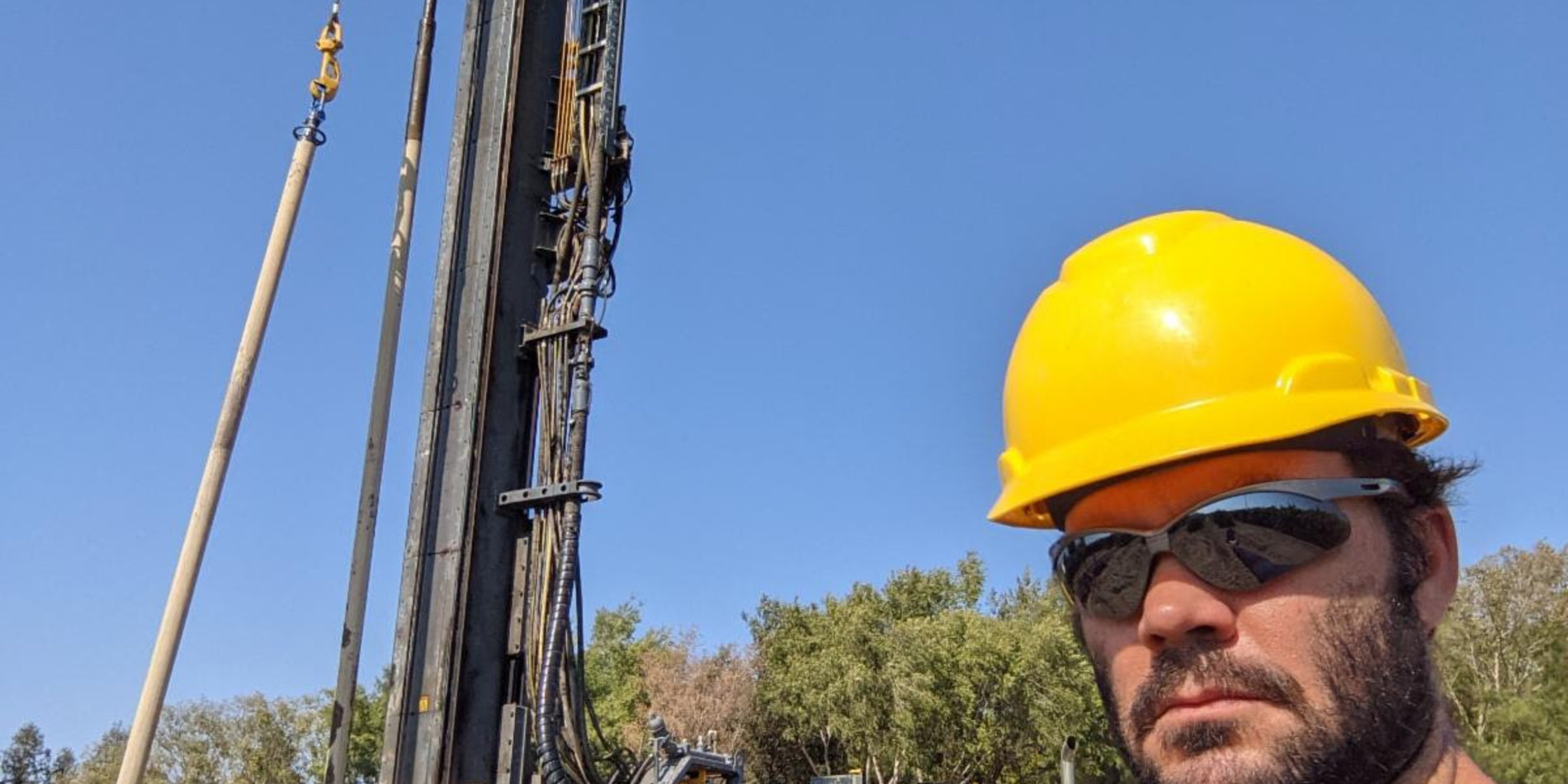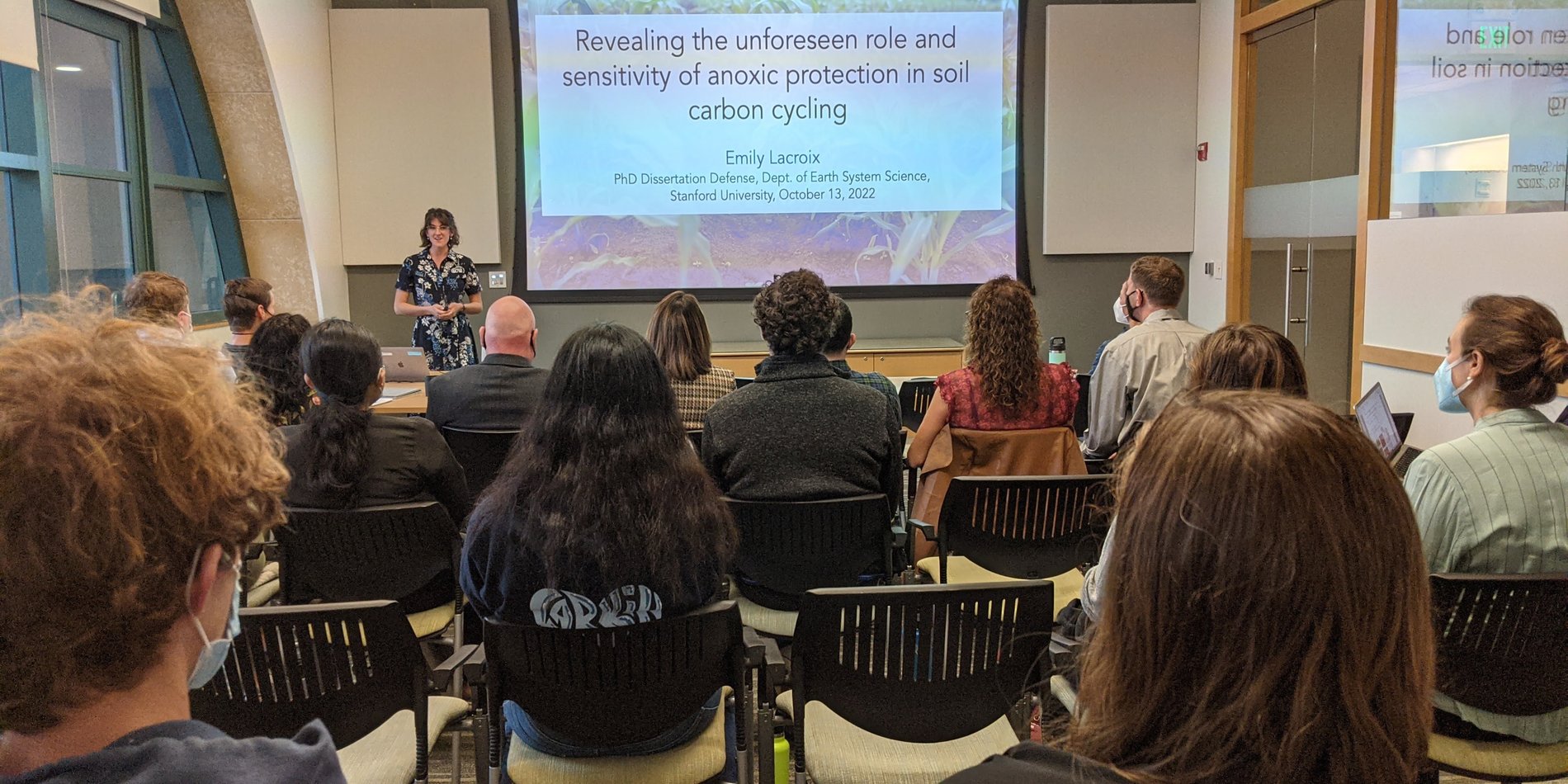New Publication: Development of energetic and enzymatic limitations on microbial carbon cycling in soils
Abstract
By Hannah R. Naughton, Marco Keiluweit, Malak M. Tfaily, James J. Dynes, Tom Regier & Scott Fendorf
Soil organic carbon (SOC) constitutes an important reservoir in the global carbon cycle that is vulnerable to transformation and loss from land use and climate change. Anoxic conditions protect SOC from microbial degradation through limiting the energetics of respiration and inhibiting extracellular oxidative enzymes. Given growing evidence of prevalent anaerobic microsites in upland soils, we designed an experiment testing the development of dissolved organic carbon (DOC) signatures of energetic and enzymatic limitations on microbial carbon utilization across simulated soil aggregates or peds. Reactors comprised a soil column “aggregate” underlying an advective “macropore” channel. Soils received downward diffusive inputs of aerated porewater media with added nitrate, sulfate, or no amendment—where native ferrihydrite served as dominant anaerobic terminal electron acceptor (TEA). After 40 days, added nitrate resulted in highest bulk respiration and DOC production while sulfate did not differ from the control. Nominal oxidation state of carbon (NOSC) was higher (more favorable) with added TEAs at soil surfaces and decreased with depth, while NOSC in the non-amended soil remained lower and constant with depth. DOC generally increased with depth, which along with decreasing NOSC values indicates joint electron-donor and acceptor control over respiration energetics. Of all organic compound classes, only the relative abundance of phenolics increased between 0 and 0.5 cm depth, which aligns with the oxic-anoxic transition and suggests oxidative enzyme inhibition. Our results suggest that oxygen limitation within upland soil aggregates may preserve SOC via both energetic and enzymatic C protection mechanisms, which are vulnerable upon exposure to oxygen.
https://link.springer.com/article/10.1007/s10533-021-00781-z


